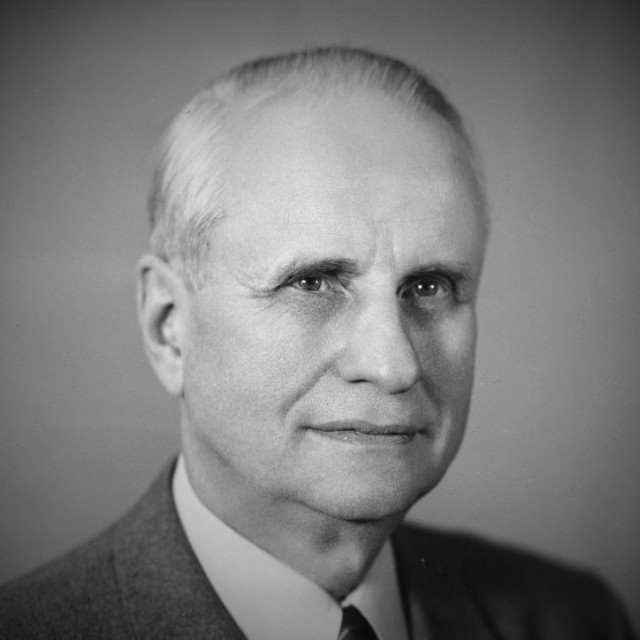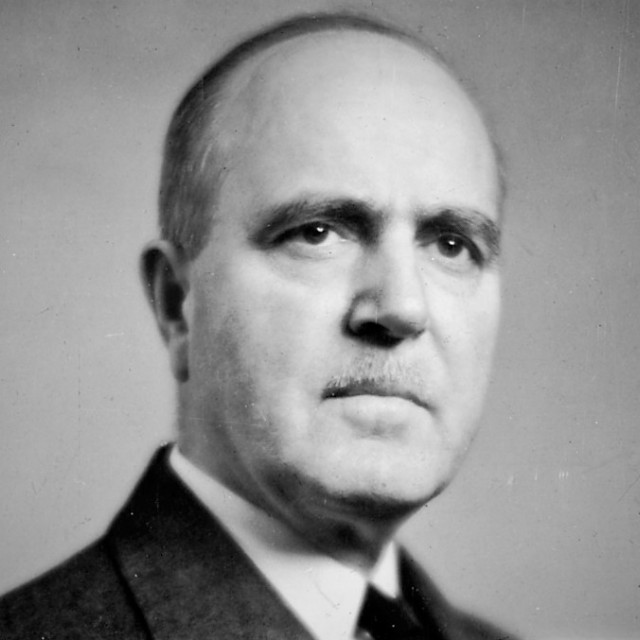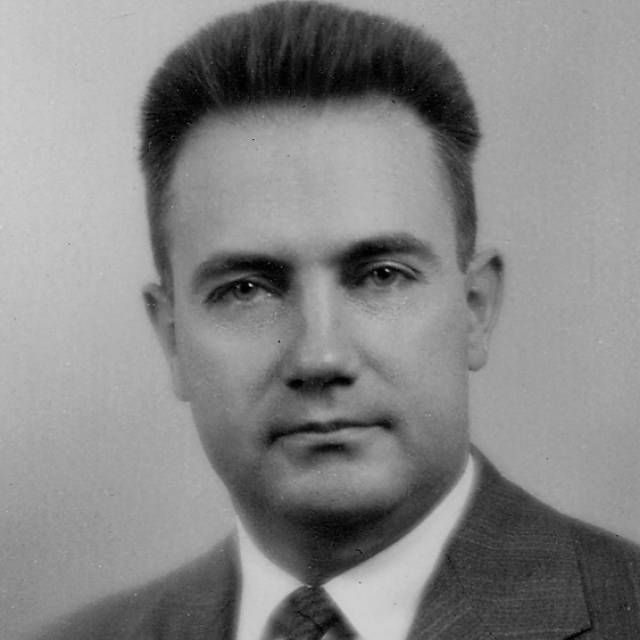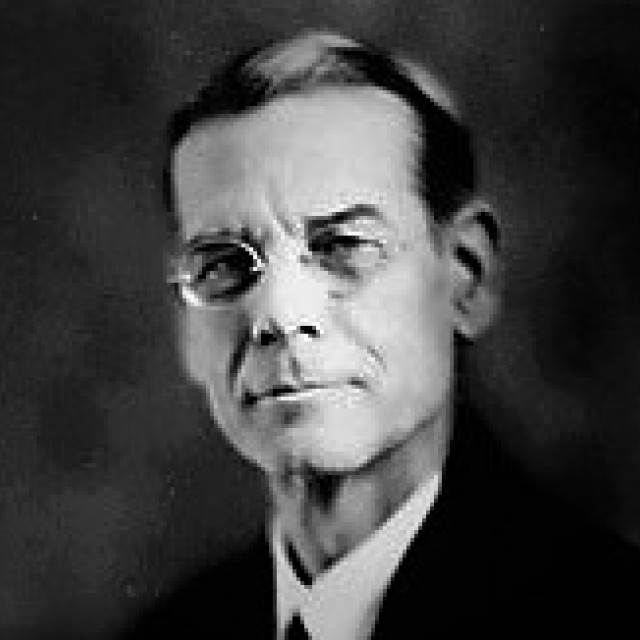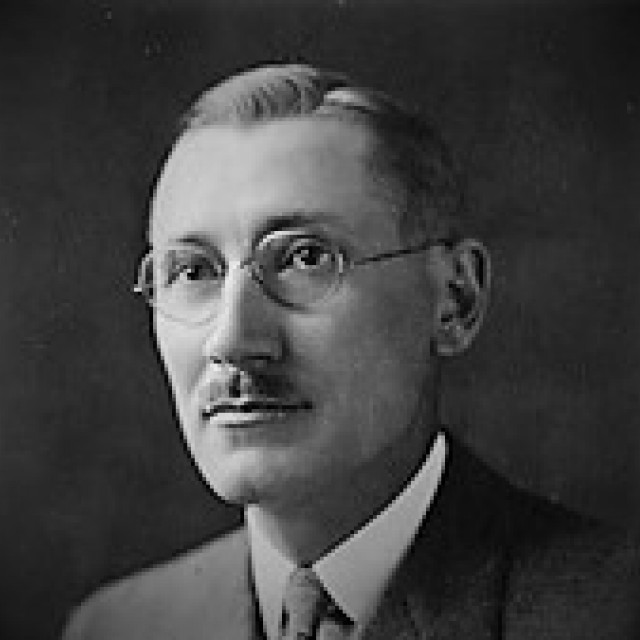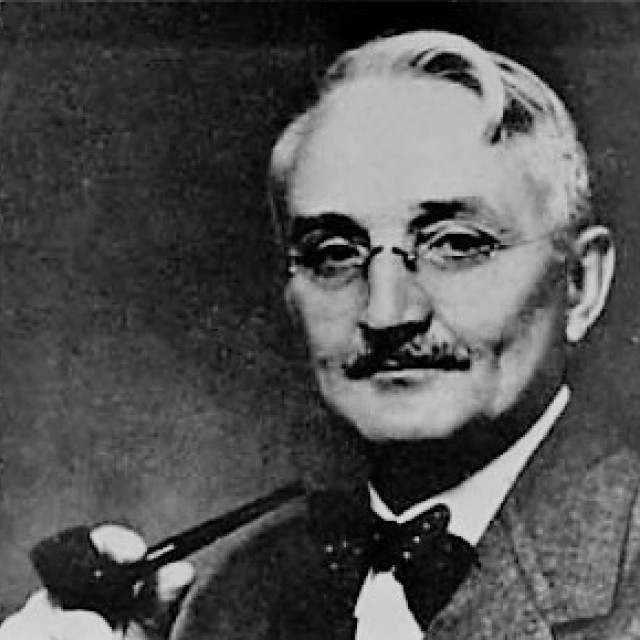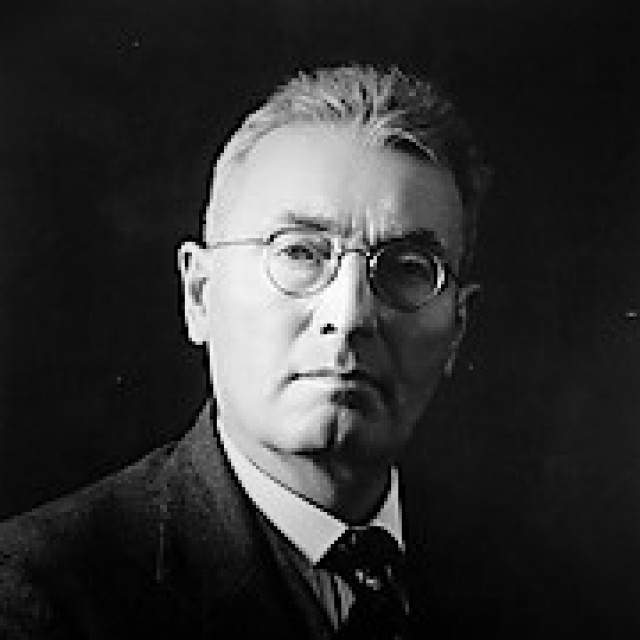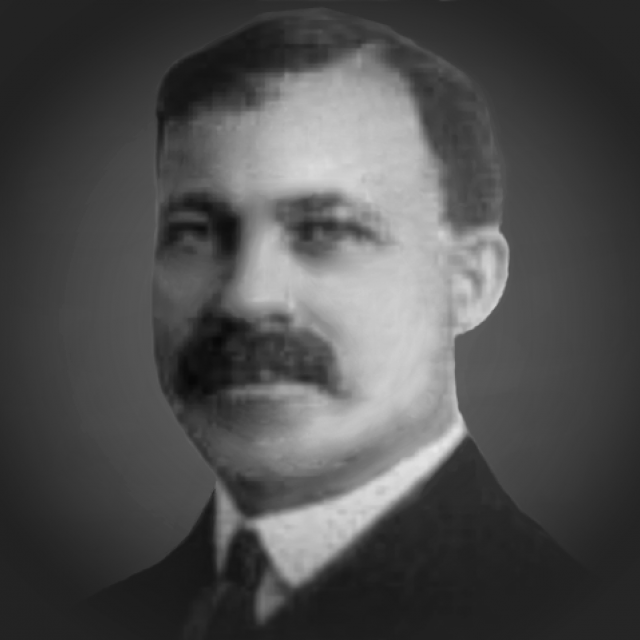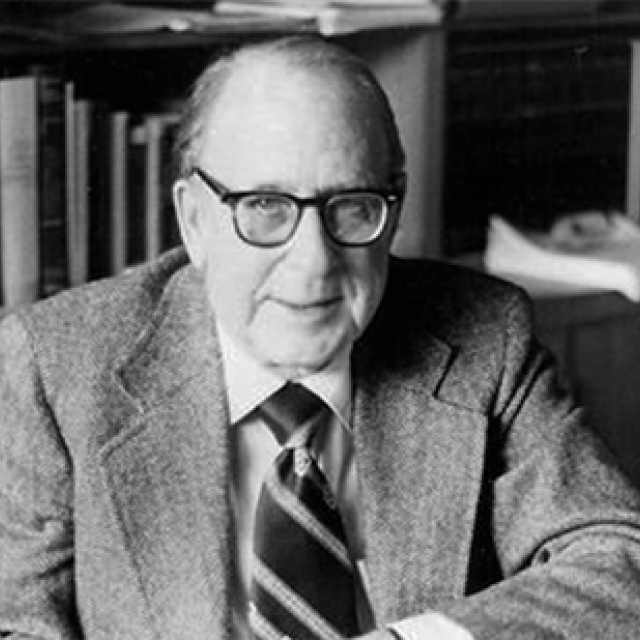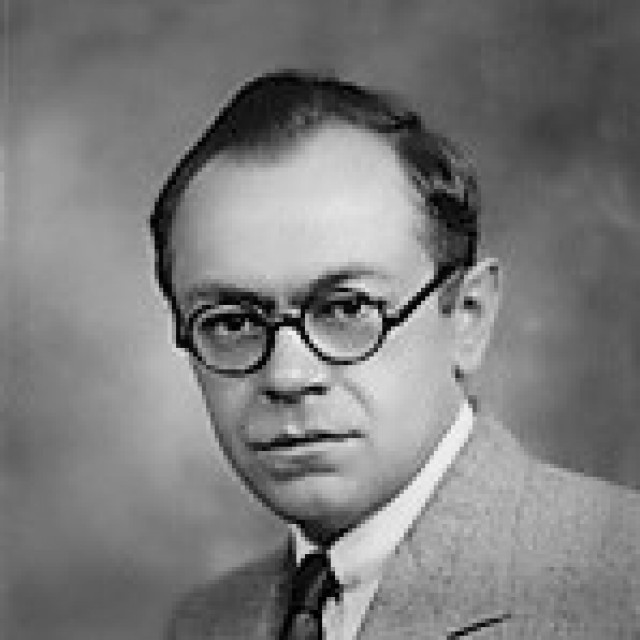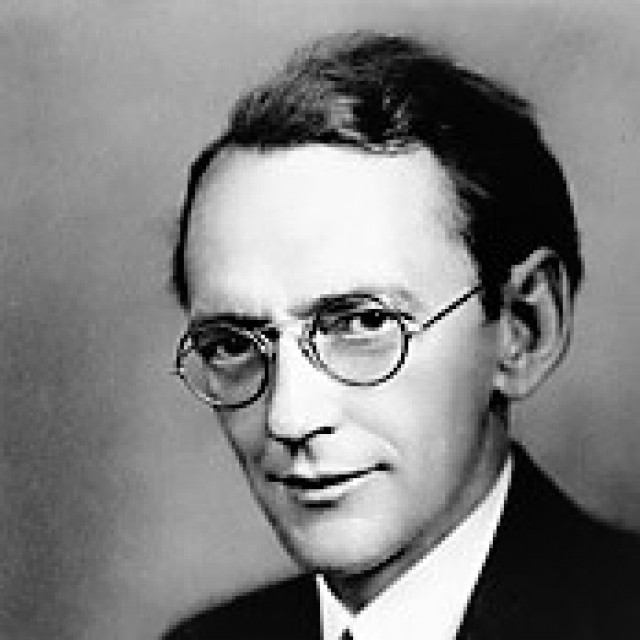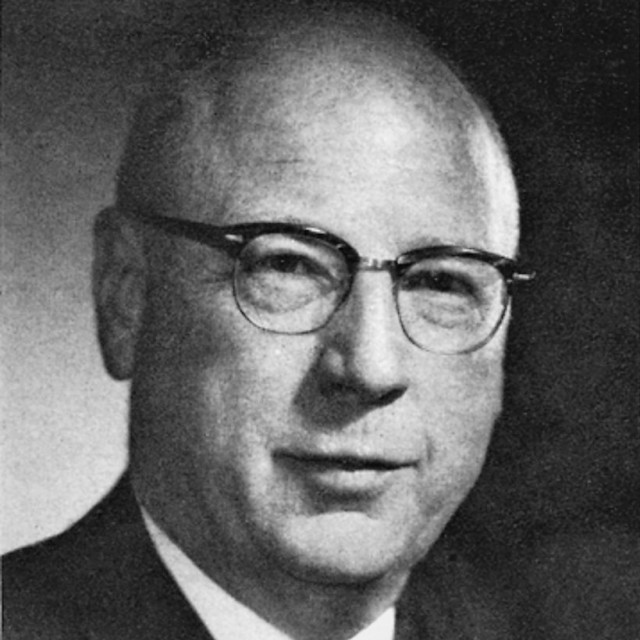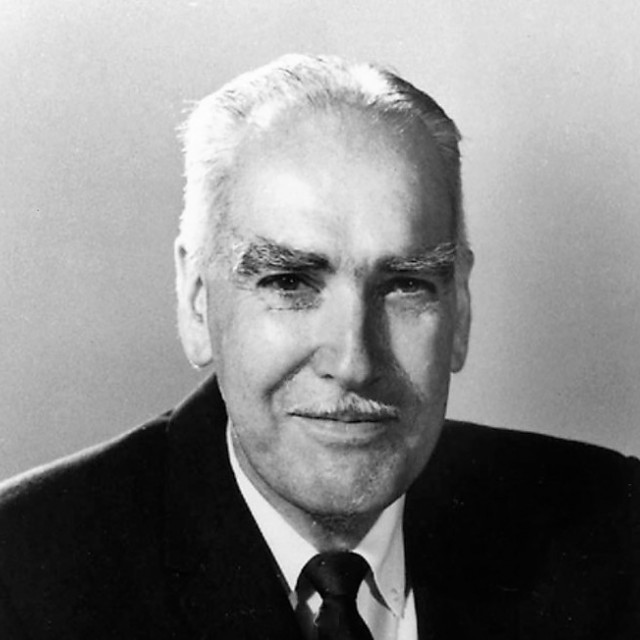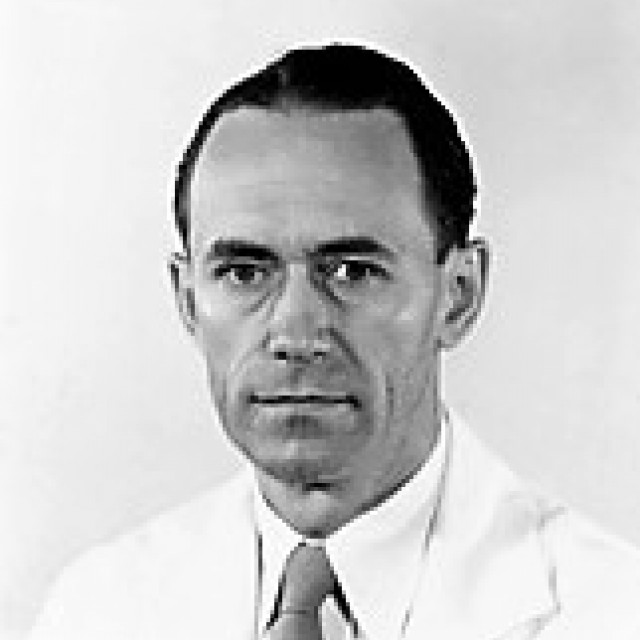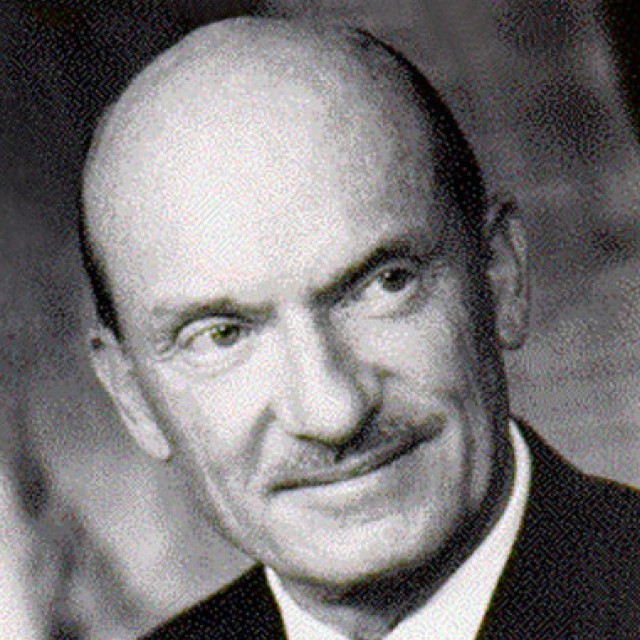Javad Hekmat-panah - February 7, 2022
The first University of Chicago was originally established in 1857, offering college courses, courses in medicine, and courses in law. But because of escalating financial cost, the first school closed in 1886. The present University of Chicago was founded in 1890 by the American Baptist Education Society and John D. Rockefeller. William Rainey Harper became the first president of the University in June 1891. There were 544 students and 103 faculty members. Class began at 8:30 a. m. on Saturday, October 1, 1891.
Three people: Frederick T. Gates (1853-1929), John D. Rockefeller (1839-1937), and Abraham Flexner (1866-1959) influenced the development of the University of Chicago. William Rainey Harper’s goal was to make a modern research university, and they had the means to attract the best scientists in the country. The first group of Neuroscientists included: C.J. Herrick, Professor of Neurology, Harvey Carr, Professor of Experimental Psychology, G.W. Bartelmez, Professor of Anatomy, Anton J. Carlson, Professor of Physiology and Natural Sciences, and Julius Grinker, Professor of Clinical Neurology.

- William Rainey Harper
